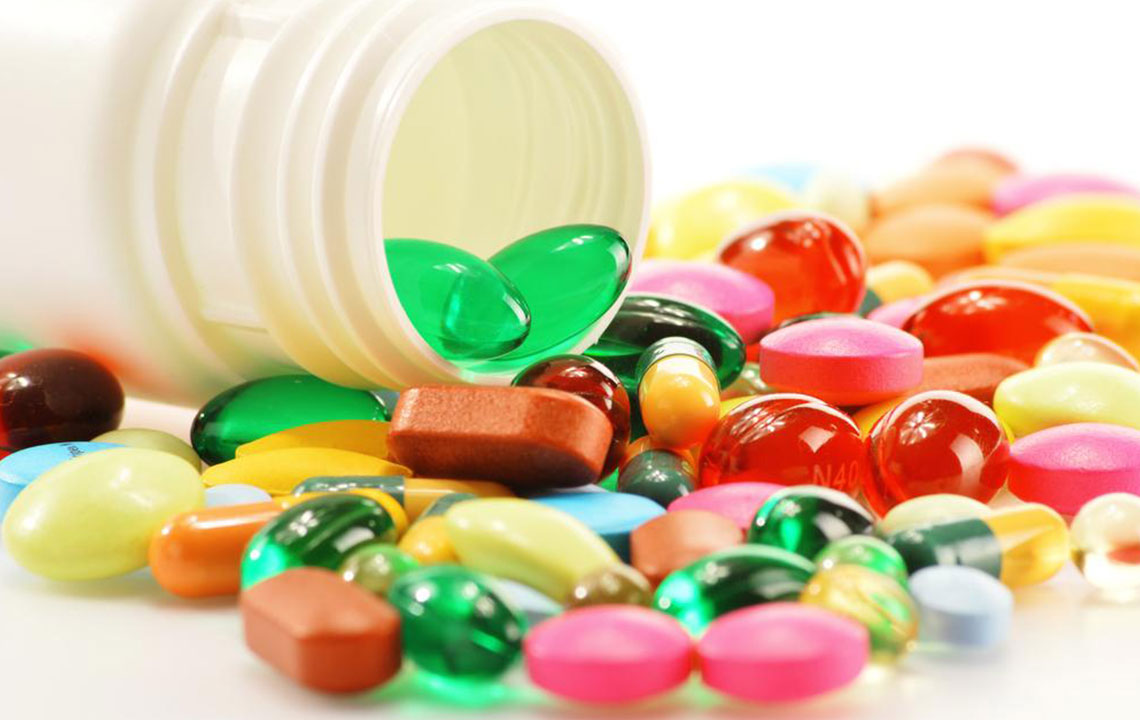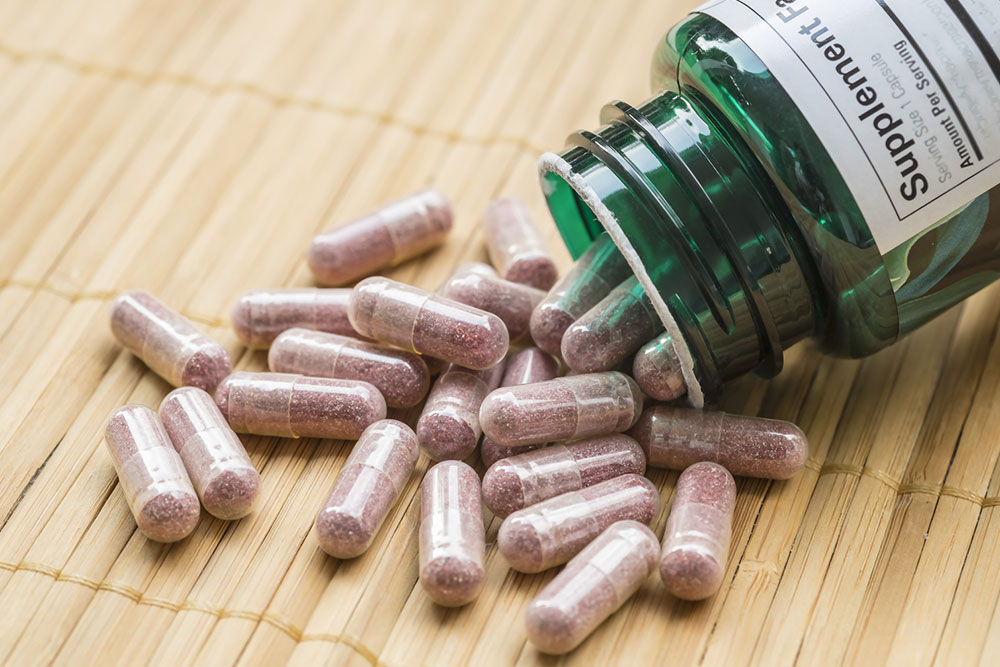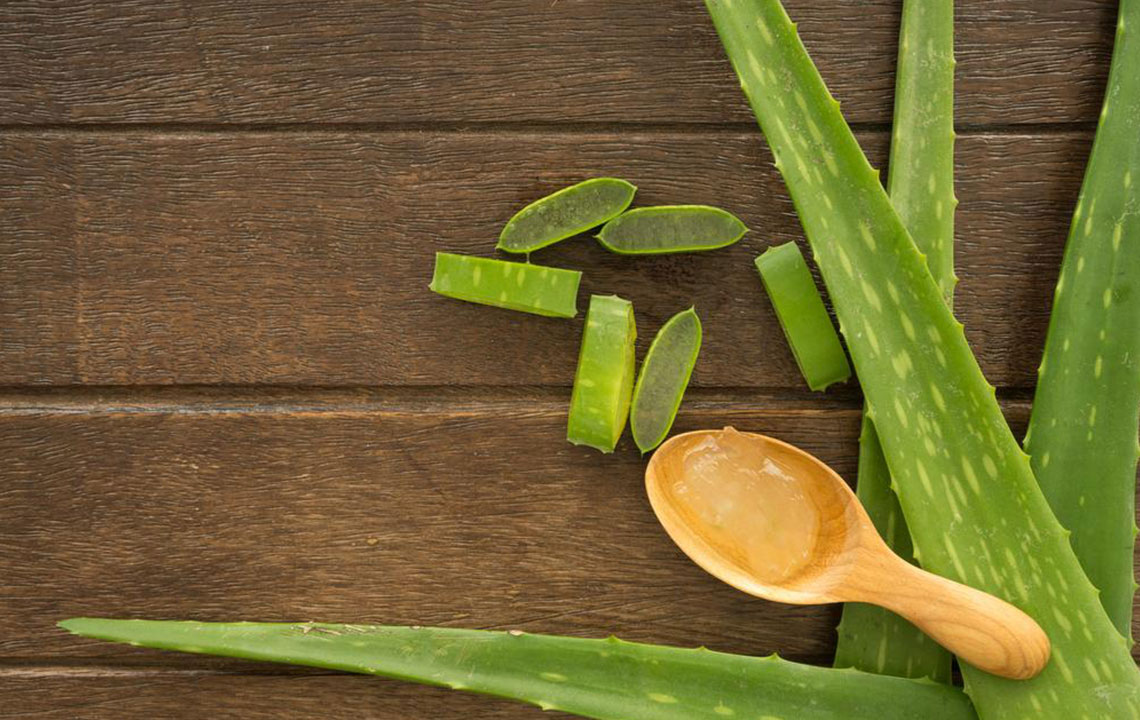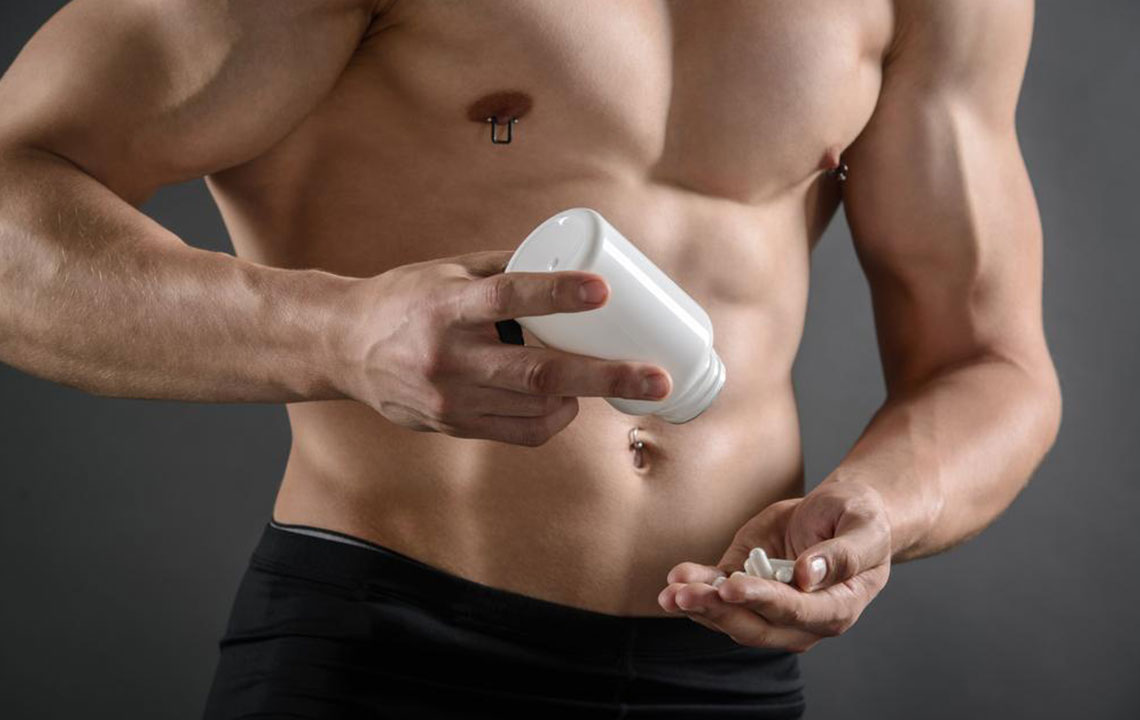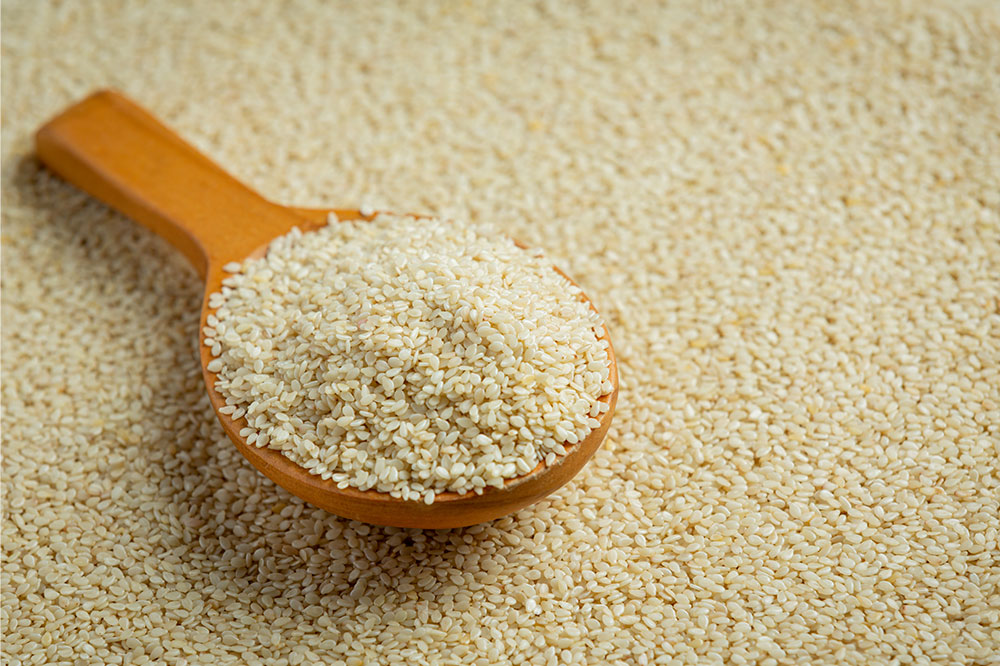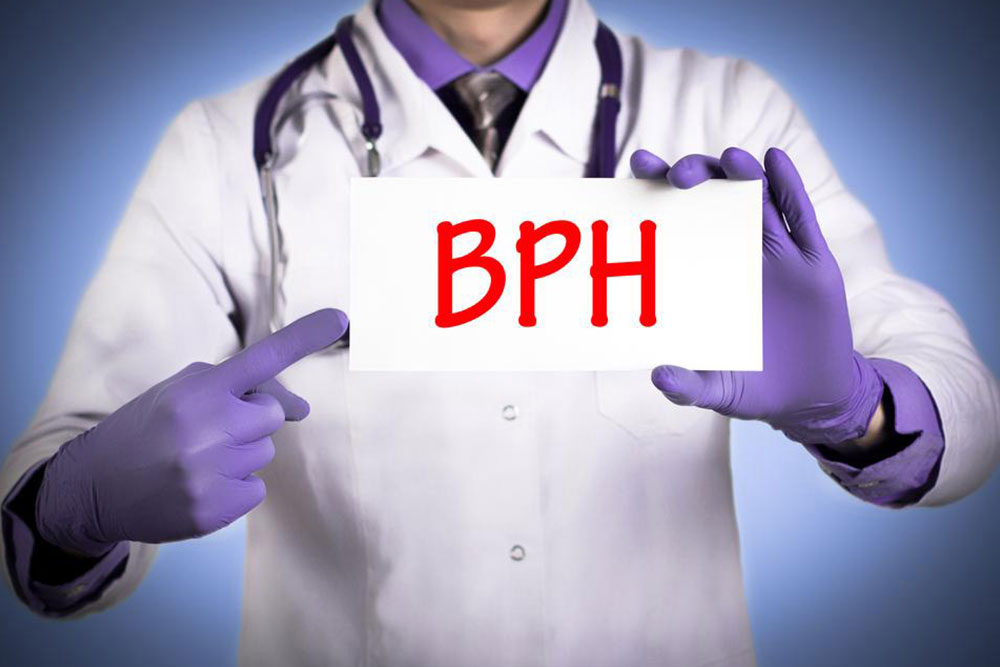Complete Guide to Prostate Health and Therapy
This comprehensive guide explores prostate health, covering medical conditions like BPH and prostatitis, and provides safe methods for prostate massage. It emphasizes consulting healthcare professionals, details at-home techniques, and highlights potential risks to ensure safe and effective treatment. Designed for men seeking to improve prostate function or address related issues, the article offers vital tips and precautions for a healthier prostate. Ideal for those interested in urological health, it aids in understanding treatment options while promoting safety and awareness.
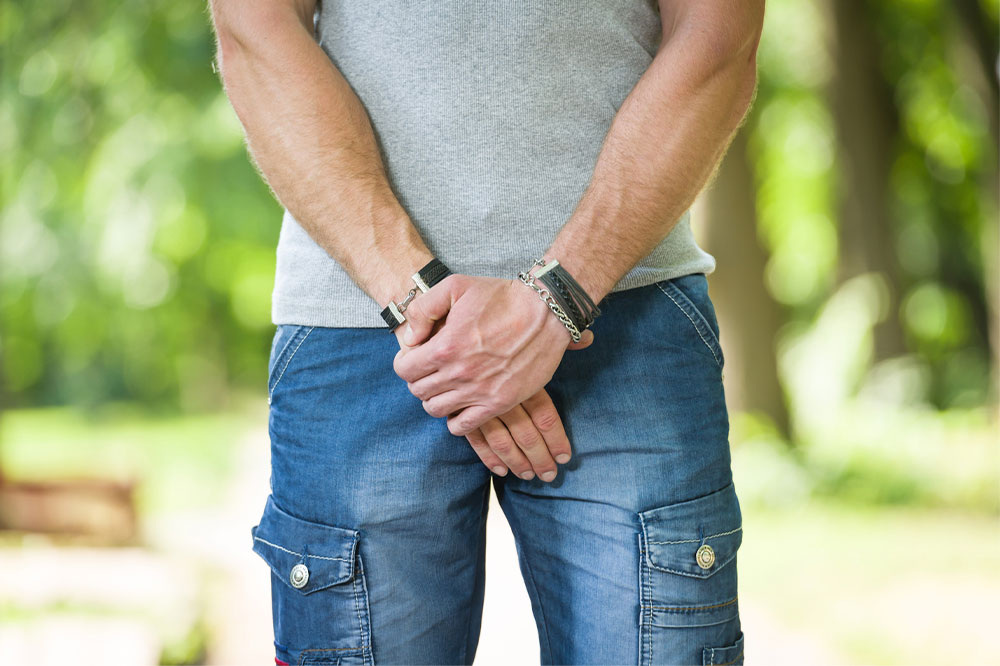
Complete Guide to Prostate Health and Therapy
The prostate is a small, walnut-shaped gland that plays a vital role in male reproductive health. Crucial nerve connections run through it, supporting both urination and semen ejaculation. Maintaining prostate health is essential for overall reproductive vitality. When issues arise affecting its function, doctors may recommend therapies such as prostate massage to enhance its operation.
Purpose of Prostate Massage Prostate massage is often recommended for specific urological conditions. It also helps reduce inflammation and alleviate discomfort caused by underlying health problems in the gland.
One common condition treated with prostate massage is Benign Prostatic Hyperplasia (BPH).
Benign Prostatic Hyperplasia (BPH) The enlargement of the prostate in men over 60 can press against the urethra, causing pain and urinary issues like frequent urination or leakage. This condition often necessitates medical intervention, including prostate massage.
Infections and Prostatitis Urinary tract infections and bladder infections can inflame the prostate, leading to prostatitis. Symptoms include urgent need to urinate, urinary retention, pain in the groin, lower back, and abdomen, along with painful ejaculation.
To undergo prostate massage, patients can visit licensed urologists who perform the procedure safely using proper techniques. Consulting a healthcare professional helps understand the procedure, risks, benefits, and aftercare. Some specialized therapists also perform prostate and rectal massages.
Home prostate massage is a simpler alternative, often used to treat urological issues, erectile problems, or reduce prostate cancer risk. It requires careful technique to avoid injury.
Guidelines for Safe Home Prostate Massage
Use ample water-based lubricant
Apply generous lubricant to finger and around the anus to minimize friction.
Assess comfort levels
Inserting a lubricated finger stimulates the prostate, often enhancing intimacy and pleasure. Always stop if discomfort occurs.
Gentle motion and technique
Move finger slowly and fluidly, lubricating frequently. If uncomfortable, external massage of the perineum may be an alternative.
Locate the prostate
The gland is about 4 inches inside, felt with the finger. Stimulating it can intensify orgasm and ejaculation, especially during self-pleasure.
Risks and Precautions
Bacterial infection
Avoid massage if an infection is present to prevent spreading.
Fissures and hemorrhoids
People with anal fissures or hemorrhoids should refrain from prostate massages, as it can worsen these conditions.
Prostate cancer
Massaging an inflamed or cancerous prostate may cause cell spread. Always consult a doctor before proceeding.
If pain or discomfort persists during or after, seek medical advice immediately.

